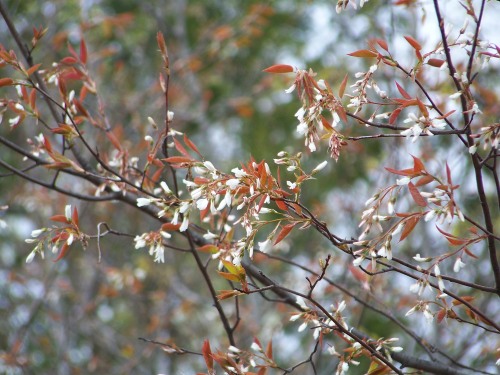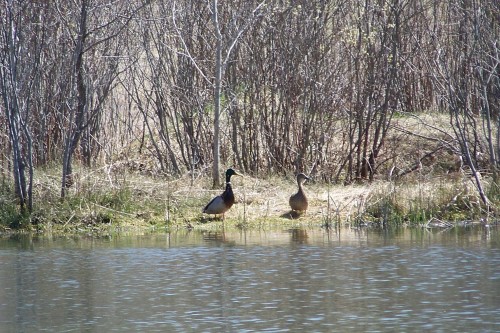
The Gaiety of Gables: Ontario’s Architectural Folk Art by Anthony Adamson & John Willard. McClelland and Stewart Ltd, 1974.
When we were driving through the town of Vankleek Hill a few months ago, I picked up their tourist pamphlet and learned that the town bills itself as “The Gingerbread Capital of Ontario”. The pamphlet suggests a short tour of some of VanKleek Hill’s gingerbread highlights. After the visit, I looked for more information about gingerbread in Ontario architecture, and acquired a copy of The Gaiety of Gables. It contains an essay by Anthony Adamson, an architect and town planner of note, and photographs of houses by John Willard.

The boards that dress the eaves of houses are properly termed barge boards or verge boards. They originated in medieval England, where they were used to cover and protect the ends of rafter supports, which medieval builders projected out through the walls to support an eaves overhang. Although the practice of projecting the rafter supports was discontinued, barge boards carried on as a decorative element. Barge boards came to Ontario with the Gothic Revival style and were popular from about 1840 to 1870, with some examples continuing on to the turn of the century.

Over the decades that they were popular, barge boards became a medium of artistic expression for individual craftsmen. Some designs were simple, while others were incredibly elaborate.

Unique design elements became a signature by which the work of individual carpenters can be identified.

The decorative trim that began at the eaves began to drip down to the verandah, and it is this broader usage that gave rise to the term “gingerbread”. Adamson notes that the verandah itself is an embellishment more commonly found in “the colonies” than in Great Britain. The structure derives it name from the East Indian word “verandah”.



As the century progressed, barge boards were more often left undecorated, while the first floor of the house received more decorative attention. This was perhaps a nod to the practical, as that decorative trim so high on the house would be difficult to paint and maintain. On later houses, the peak of the gable was often filled in with a solid panel.

Adamson notes that gingerbread was never as popular in other locales as it was in Ontario. This might have been partly due to the ready availability of white pine lumber, which lent itself to use by craftsmen. In the United States, versions of Classical Revival were generally preferred over the Gothic Revival homes to the north. Many examples of gingerbread work can be found across Ontario, putting Vankleek Hill’s claim to being the gingerbread capital in doubt, but wherever it is found, it continues to offer the eye a pleasing example of the craftmanship of earlier years.
We value charm, and yet rarely include charm in modern buildings. Here are a couple of attempts that I came across to include gingerbread trim on new homes. It doesn’t have the same “made-by-hand” appeal as the real thing. All of the houses in the area carry exactly the same, no doubt factory-made, trim. Still, it’s an interesting attempt to recall the exuberance of an earlier day. The examples shown here were photographed in Prescott, Vankleek Hill, Ottawa and Oakville, Ontario.


Read Full Post »

































